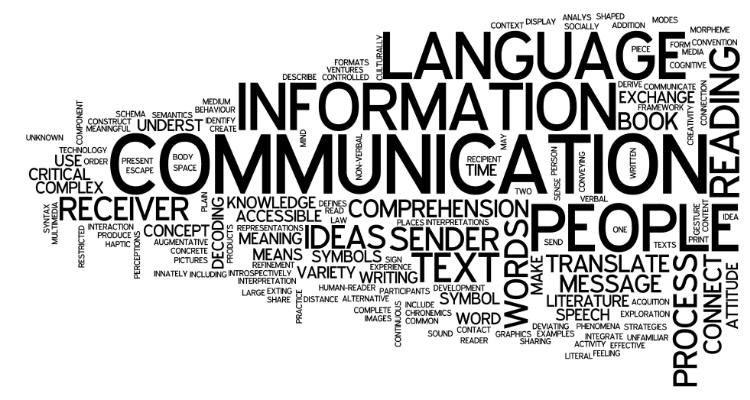
The information that we release within the business context, referring to safety, has such a weight that it will influence the behavior of resources conditioning in fact the perception of the dangers that surround them and the awareness of their roles.
In fact, it is of considerable importance to communicate all the necessary information that allows us to work in complete safety, but above all the methods and channels that are used to transmit information in an effective way, that is, clear, understandable, interactive, are important.
We remind you that Legislative Decree 81/2008 underlines the need to inform and train workers on the risks and recalls that the information must be easily understandable for workers allowing them to acquire the necessary knowledge.
In Italy there are many causes that contribute to accidents in the workplace to name a few:
-A misperception of risk by the worker;
-Inadequate training courses;
-Rigid work rhythms;
Training, therefore, is a central aspect. Article 37 of Legislative Decree 81/08 deepens the training aspect by defining characteristics that are not exclusively technical or those communication techniques included in the so-called Non Technical Skills, considered an additional component of security.
A manager or a trainer who manages to make himself understood by everyone, for the avoidance of doubt, not only greatly reduces the margins of error and uncertainty, but also manages to strengthen relationships through the creation of a healthy relationship of trust. Without effective communication, our message can turn into error, misunderstanding, frustration, or even a disaster for being misunderstood.
What are the best methods of communication?
Having more communication techniques means being more sure that the message is received correctly, avoiding inadequate information andcommunicating aggressively or passively.
If we want to summarize some focal points for effective communication, they would besuch:
-Develop appropriate skills on the subject and always communicate it in a professional way.
-Try to understand the interlocutor (empathy) thus pushing him to ask questions and discussions, increasing confidence.
-Assume an attitude aimed at understanding with a posture and tone of voice appropriate to the context avoiding excessive gestures.
– Be assertive; balancing and respecting their own and recipient’s opinions by taking an open and helpful attitude
How to recognize the results of good communication?
Keep in mind that the results are measured by feedback from the recipients, as well as the perception of active listening by all the interlocutors during the meeting as well as having created a certain degree of mutual confidence.
 Agevolazioni
Agevolazioni
 Events
Events